Home>Furniture & Design>Interior Design Trends>When Was Glass First Made
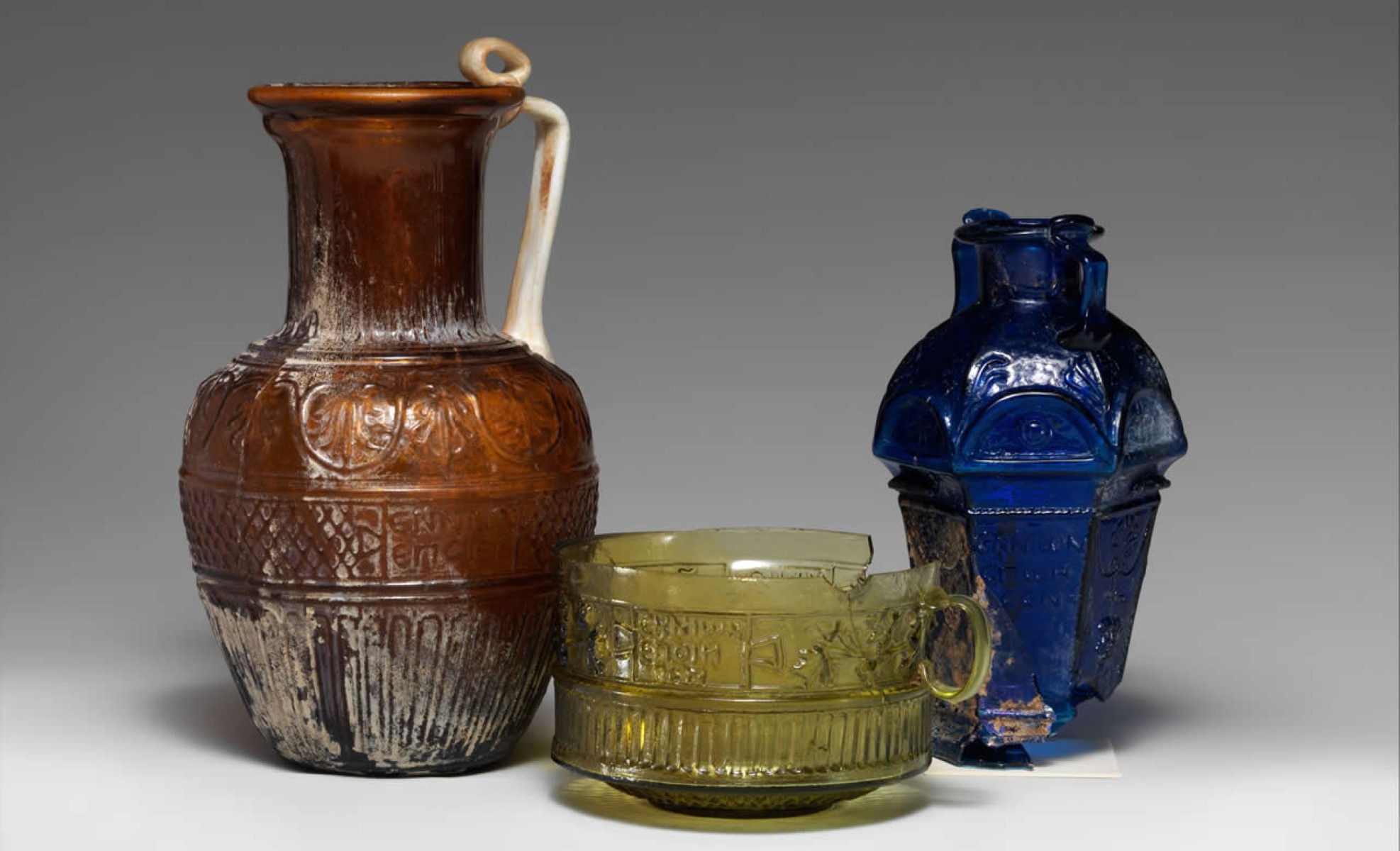

Interior Design Trends
When Was Glass First Made
Modified: February 18, 2024
Discover the history of glassmaking and its impact on interior design trends. Learn about the evolution of glass and its influence on modern decor.
(Many of the links in this article redirect to a specific reviewed product. Your purchase of these products through affiliate links helps to generate commission for Storables.com, at no extra cost. Learn more)
Introduction
Glass is a material that has been an integral part of human civilization for centuries, serving both functional and decorative purposes. Its unique properties have made it a versatile and indispensable material in various industries, including architecture, interior design, and technology. From the shimmering windows of modern skyscrapers to the delicate ornaments adorning ancient temples, the allure of glass transcends time and culture.
The history of glassmaking is a fascinating journey that spans millennia, encompassing the ingenuity of ancient artisans and the technological advancements of modern industry. Exploring the origins and evolution of glass offers a glimpse into the innovative spirit of humanity and the enduring appeal of this captivating material.
Throughout history, the art of glassmaking has evolved in tandem with human creativity and technological progress. From the ancient civilizations of Mesopotamia and Egypt to the bustling workshops of medieval Europe, the craft of shaping molten sand into exquisite glass objects has been a testament to human ingenuity. The allure of glass lies not only in its transparency and luminosity but also in its ability to be molded into an endless array of forms, from delicate vessels to intricate stained-glass windows.
In this article, we will embark on a captivating journey through time, delving into the early history of glassmaking, exploring ancient techniques that laid the foundation for modern practices, and tracing the spread of glassmaking technology across different cultures. By unraveling the mysteries of glassmaking, we can gain a deeper appreciation for this remarkable material and its enduring impact on art, design, and technology.
Join us as we embark on a mesmerizing exploration of the origins and evolution of glass, uncovering the ancient secrets and timeless allure of this extraordinary material. Let's delve into the early history of glassmaking and discover the remarkable techniques that have shaped the world of design and craftsmanship.
Key Takeaways:
- Glassmaking has a rich history dating back to ancient civilizations like Mesopotamia and Egypt, showcasing human ingenuity and creativity in shaping this captivating material.
- The art of glassmaking spread across the ancient world, transcending geographical boundaries and enriching diverse cultures with its enduring allure and innovative techniques.
Read more: When Was The First Quilt Made
Early History of Glass Making
The early history of glassmaking is shrouded in the mists of time, with evidence of its origins dating back to ancient civilizations. The exact moment of its discovery remains a captivating mystery, but historians and archaeologists have unearthed compelling clues that shed light on the early chapters of this remarkable craft.
One of the earliest known instances of glassmaking can be traced to Mesopotamia around 3500 BCE. In this cradle of civilization, skilled artisans stumbled upon a transformative alchemy of nature, as they observed the mesmerizing transformation of sand, soda, and lime into a translucent substance when subjected to intense heat. This serendipitous discovery marked the dawn of a new era, as the ancient Mesopotamians began to experiment with shaping this enigmatic material into rudimentary objects, laying the foundation for the art of glassmaking.
The ancient Egyptians also played a pivotal role in the early history of glassmaking, harnessing their ingenuity to refine and expand upon the techniques pioneered by their Mesopotamian counterparts. By 1500 BCE, Egyptian artisans had honed their skills in glass production, crafting exquisite beads and vessels that adorned the tombs of pharaohs and nobles. The allure of glass transcended its utilitarian value, becoming a symbol of wealth and prestige in ancient Egyptian society.
As the art of glassmaking continued to evolve, the ancient Phoenicians made significant contributions to its advancement, introducing new methods for shaping and decorating glass objects. Their expertise in glassblowing, a revolutionary technique that emerged around the 1st century BCE, revolutionized the craft, enabling artisans to create intricate and delicate glassware with unprecedented precision.
The early history of glassmaking is also intertwined with the legacy of the Roman Empire, where glass became an emblem of luxury and sophistication. Roman artisans elevated the art of glassmaking to new heights, producing an array of exquisite vessels, mosaic tesserae, and ornate jewelry that adorned the homes and palaces of the elite. The Roman passion for glass spurred innovations in glassblowing and mosaic work, leaving an indelible mark on the evolution of this captivating craft.
The journey through the early history of glassmaking unveils a tapestry of ingenuity, creativity, and cultural exchange, as ancient civilizations unlocked the secrets of this enigmatic material and transformed it into objects of enduring beauty and utility. The legacy of these early glassmakers continues to inspire contemporary artisans, reminding us of the timeless allure and boundless potential of this extraordinary medium.
Ancient Glass Making Techniques
The ancient art of glassmaking encompassed a myriad of techniques that reflected the ingenuity and craftsmanship of early artisans. These ancient methods, honed over centuries, laid the groundwork for the sophisticated practices employed in modern glass production. From the mesmerizing allure of glassblowing to the intricate art of glass mosaic, the ancient world was a hotbed of innovation and creativity in the realm of glassmaking.
One of the most transformative advancements in ancient glassmaking was the revolutionary technique of glassblowing, which emerged around the 1st century BCE in the Roman Empire. This groundbreaking method allowed artisans to shape molten glass with unparalleled precision, giving rise to a diverse array of vessels, ornaments, and decorative objects. The art of glassblowing not only expanded the possibilities of glass design but also facilitated the mass production of glassware, transforming it from a luxury reserved for the elite to a ubiquitous commodity accessible to a broader segment of society.
In addition to glassblowing, the ancient world witnessed the rise of intricate glass mosaic work, a technique that involved assembling small, colorful glass pieces to create stunning decorative compositions. The art of glass mosaic flourished in civilizations such as ancient Rome and Byzantium, adorning grand architectural structures, religious edifices, and opulent palaces with its shimmering beauty. The meticulous craftsmanship and artistry displayed in ancient glass mosaics exemplified the mastery of glassmaking techniques, showcasing the versatility of this captivating material as a medium for artistic expression.
Furthermore, ancient glassmakers developed a range of methods for embellishing glass objects, including the application of vibrant enamels and the intricate art of glass cutting and engraving. These techniques allowed artisans to imbue glassware with intricate patterns, vibrant hues, and intricate designs, elevating them from functional items to exquisite works of art. The fusion of technical skill and artistic vision in ancient glassmaking techniques yielded a rich tapestry of ornate glass objects that continue to captivate and inspire admirers to this day.
The legacy of ancient glassmaking techniques endures as a testament to the enduring allure and versatility of this remarkable material. The innovative methods and artistic achievements of early glassmakers have left an indelible mark on the world of design and craftsmanship, serving as a timeless source of inspiration for contemporary artisans seeking to push the boundaries of glass as a medium for creative expression.
Glass was first made around 3500 BCE in Mesopotamia. It was created by heating a mixture of silica sand and other materials to form a liquid, which could then be shaped and cooled into solid glass objects.
Spread of Glass Making Technology
The evolution of glassmaking techniques transcended geographical boundaries, spreading across ancient civilizations and catalyzing a global exchange of knowledge and innovation. The dissemination of glassmaking technology was a testament to the interconnectedness of human cultures and the enduring appeal of this captivating craft.
The ancient Phoenicians played a pivotal role in the diffusion of glassmaking technology, serving as maritime pioneers who traversed the Mediterranean and beyond, carrying with them the secrets of glass production. Their far-reaching trade networks facilitated the transmission of glassmaking knowledge to distant lands, sparking a wave of creativity and experimentation in regions such as the Eastern Mediterranean, North Africa, and the Iberian Peninsula.
The Roman Empire also served as a conduit for the proliferation of glassmaking technology, as it expanded its dominion across vast territories, disseminating the art of glass production to diverse corners of the ancient world. Roman artisans and craftsmen, renowned for their mastery of glassblowing and mosaic work, imparted their expertise to local communities, igniting a renaissance of glassmaking in regions under Roman influence.
The Silk Road, an ancient network of trade routes that connected the East and West, played a pivotal role in the transmission of glassmaking technology across Eurasia. The exchange of goods, ideas, and craftsmanship along the Silk Road facilitated the diffusion of glassmaking techniques from the Mediterranean world to the distant realms of China, India, and Persia, enriching the cultural tapestry of these civilizations with the art of glassmaking.
The Islamic Golden Age, characterized by remarkable advancements in science, art, and technology, witnessed the flourishing of glassmaking in the Islamic world. The fusion of diverse cultural influences, coupled with the ingenuity of Islamic artisans, led to significant innovations in glass production, propelling the craft to new heights of sophistication and artistry.
The spread of glassmaking technology across continents and epochs underscores the enduring legacy of this remarkable craft, transcending temporal and spatial boundaries to leave an indelible mark on human history. The global diffusion of glassmaking techniques not only enriched the material culture of diverse societies but also fostered a spirit of cross-cultural exchange and collaboration, shaping the evolution of glass as a medium for artistic expression and technological innovation.
The journey of glassmaking technology, from its humble origins in ancient Mesopotamia to its global dissemination across the ancient world, is a testament to the transformative power of human creativity and the enduring allure of this extraordinary material. As we reflect on the expansive reach of glassmaking technology, we are reminded of the profound impact of cultural exchange and the timeless resonance of craftsmanship that transcends borders and generations.
Conclusion
The captivating journey through the early history of glassmaking unveils a rich tapestry of human ingenuity, cultural exchange, and artistic expression. From its enigmatic origins in ancient Mesopotamia to its global dissemination across diverse civilizations, the art of glassmaking has left an indelible mark on human history, shaping the material culture and aesthetic sensibilities of societies across the ages.
The ancient artisans who first unlocked the secrets of glassmaking laid the foundation for a craft that continues to inspire awe and admiration in the modern era. Their innovative techniques, from the transformative art of glassblowing to the intricate beauty of glass mosaic work, exemplify the boundless potential of this remarkable material as a medium for creative expression and technological innovation.
The spread of glassmaking technology across continents and epochs underscores the enduring legacy of this captivating craft, transcending temporal and spatial boundaries to enrich the material culture of diverse societies. The global diffusion of glassmaking techniques not only fostered a spirit of cross-cultural exchange and collaboration but also propelled the craft to new heights of sophistication and artistry.
As we reflect on the expansive reach of glassmaking technology, we are reminded of the profound impact of cultural exchange and the timeless resonance of craftsmanship that transcends borders and generations. The enduring allure of glass as a material for artistic expression, architectural marvels, and technological advancements serves as a testament to the enduring legacy of this extraordinary craft.
In conclusion, the art of glassmaking stands as a testament to the transformative power of human creativity, the enduring allure of craftsmanship, and the timeless resonance of cultural exchange. The ancient secrets and timeless allure of glass continue to inspire contemporary artisans, reminding us of the boundless potential and enduring legacy of this extraordinary material.
Frequently Asked Questions about When Was Glass First Made
Was this page helpful?
At Storables.com, we guarantee accurate and reliable information. Our content, validated by Expert Board Contributors, is crafted following stringent Editorial Policies. We're committed to providing you with well-researched, expert-backed insights for all your informational needs.


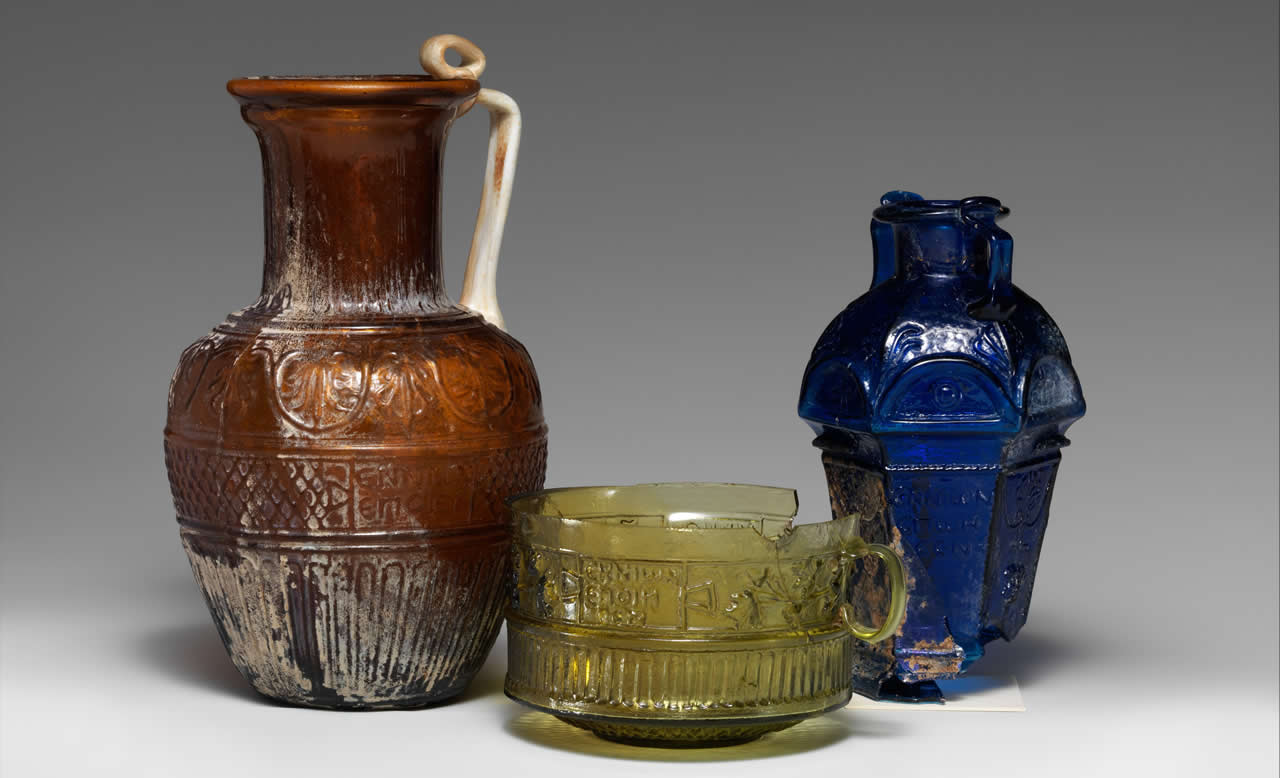
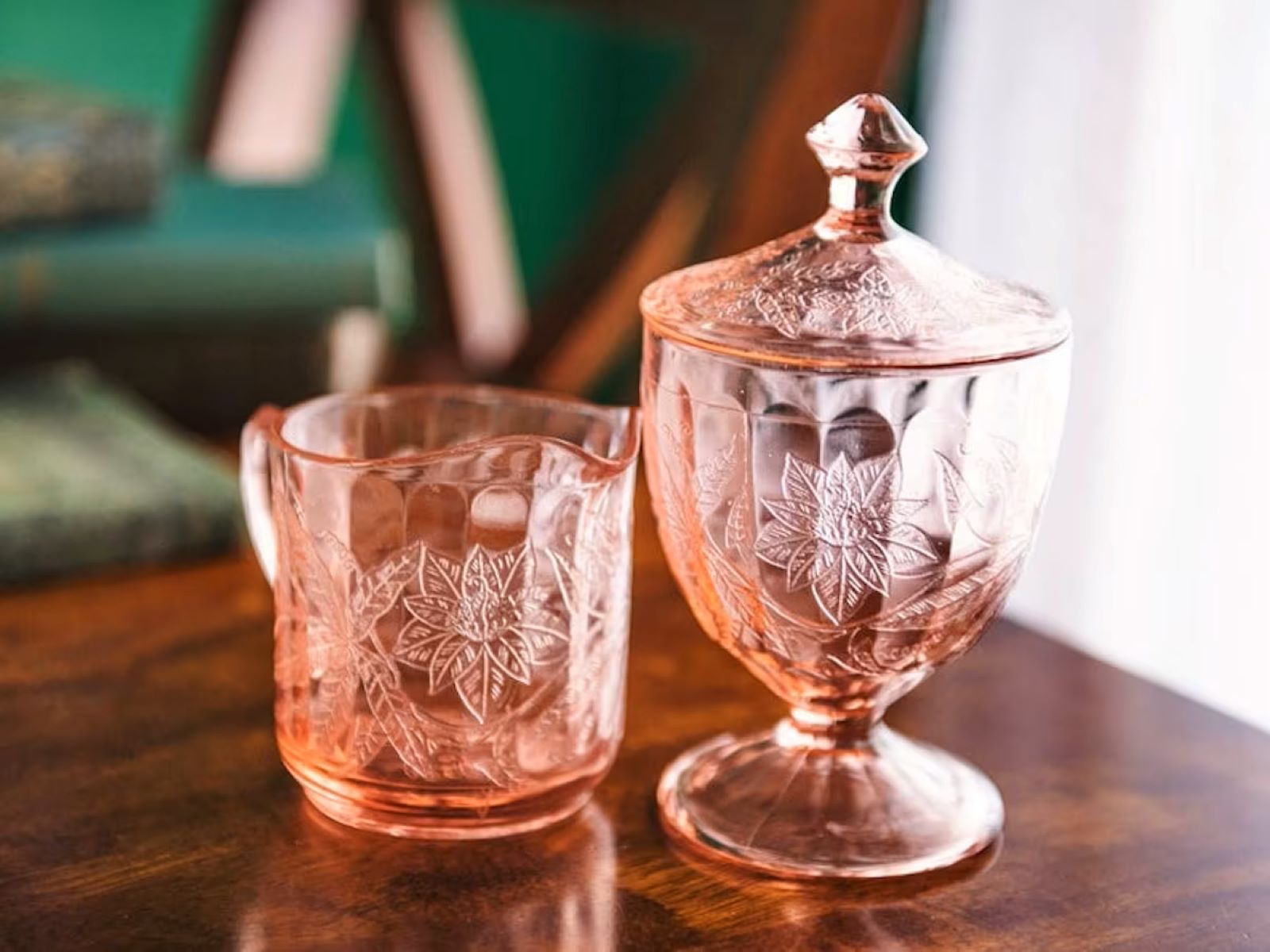
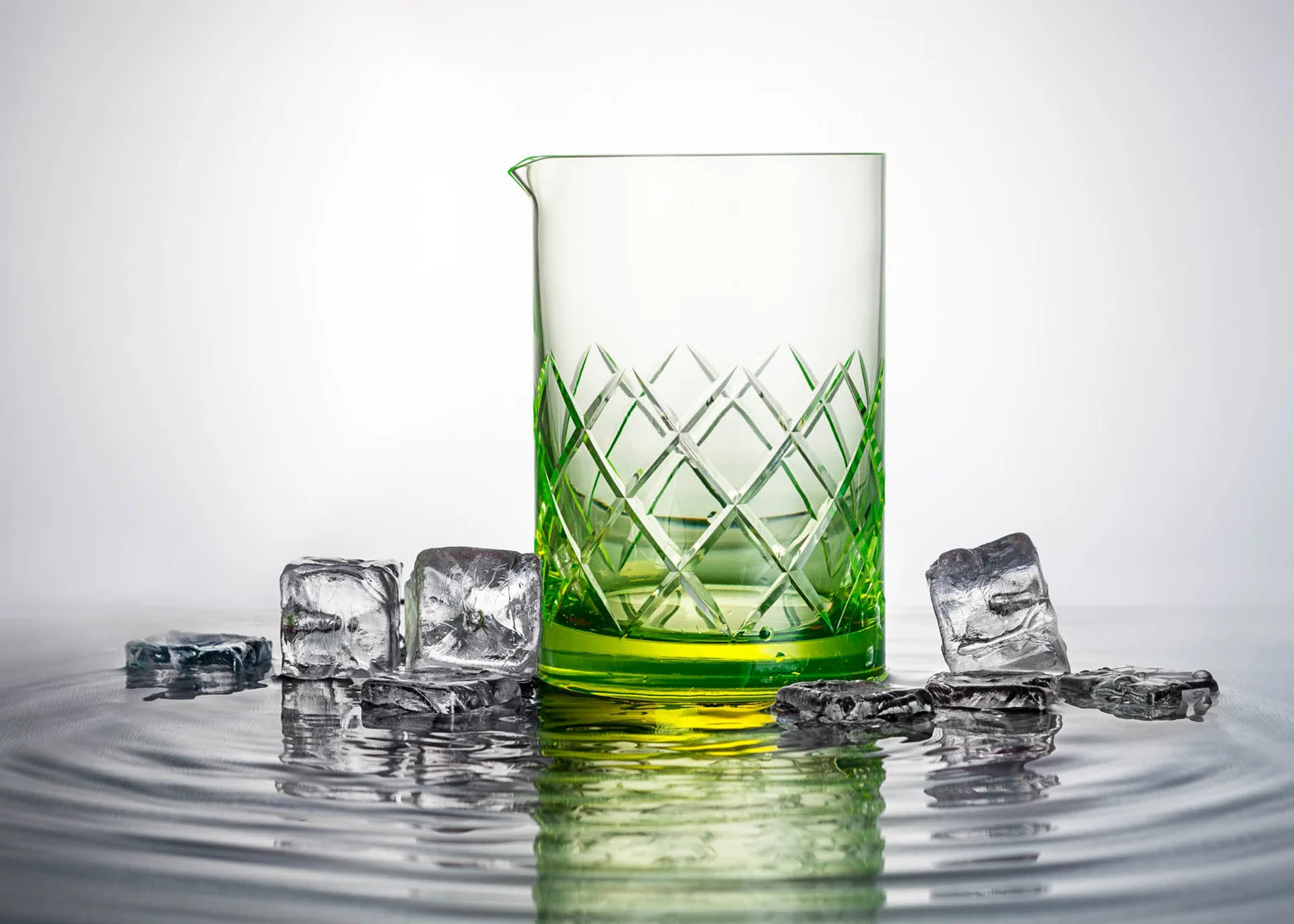
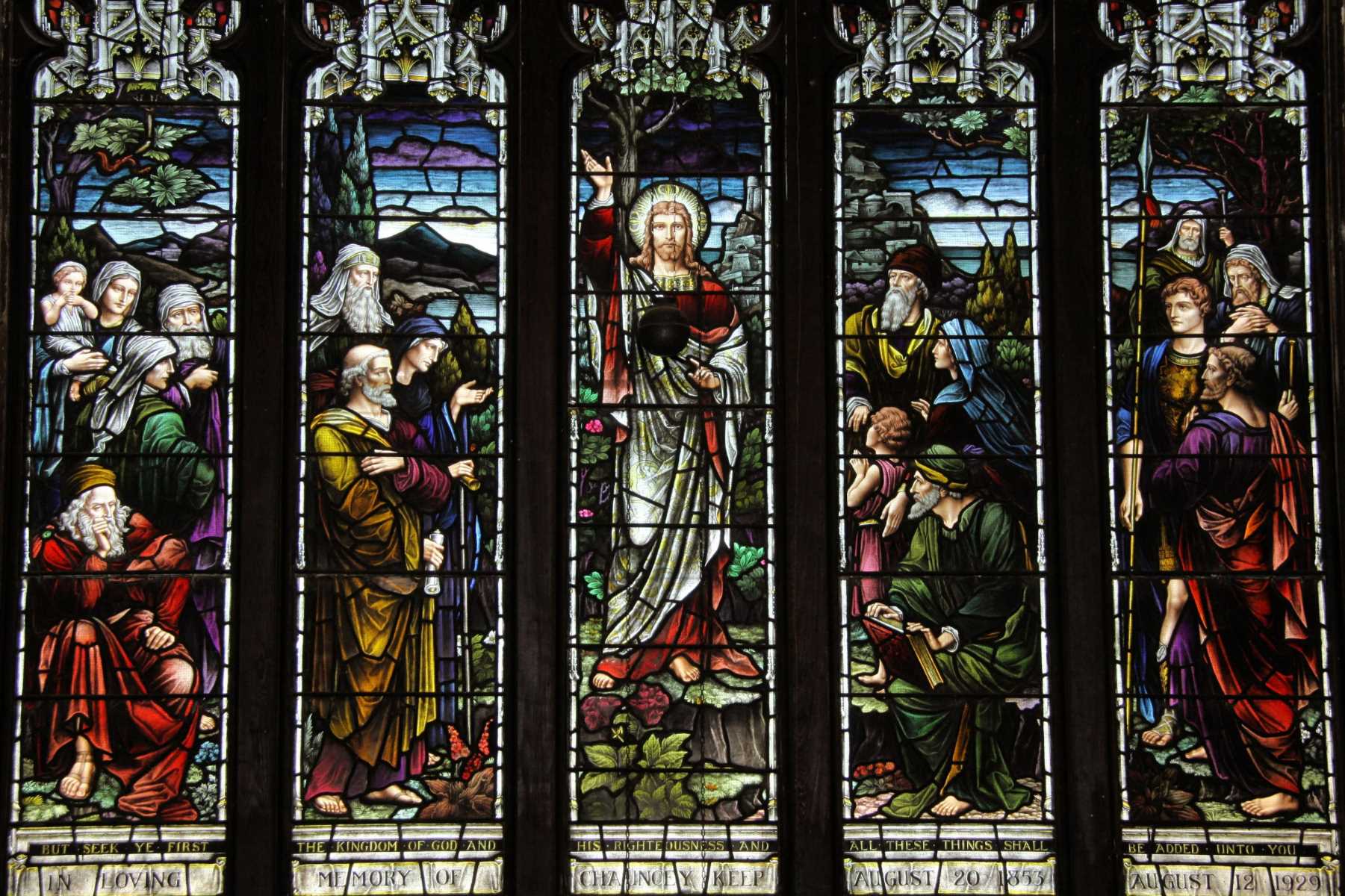


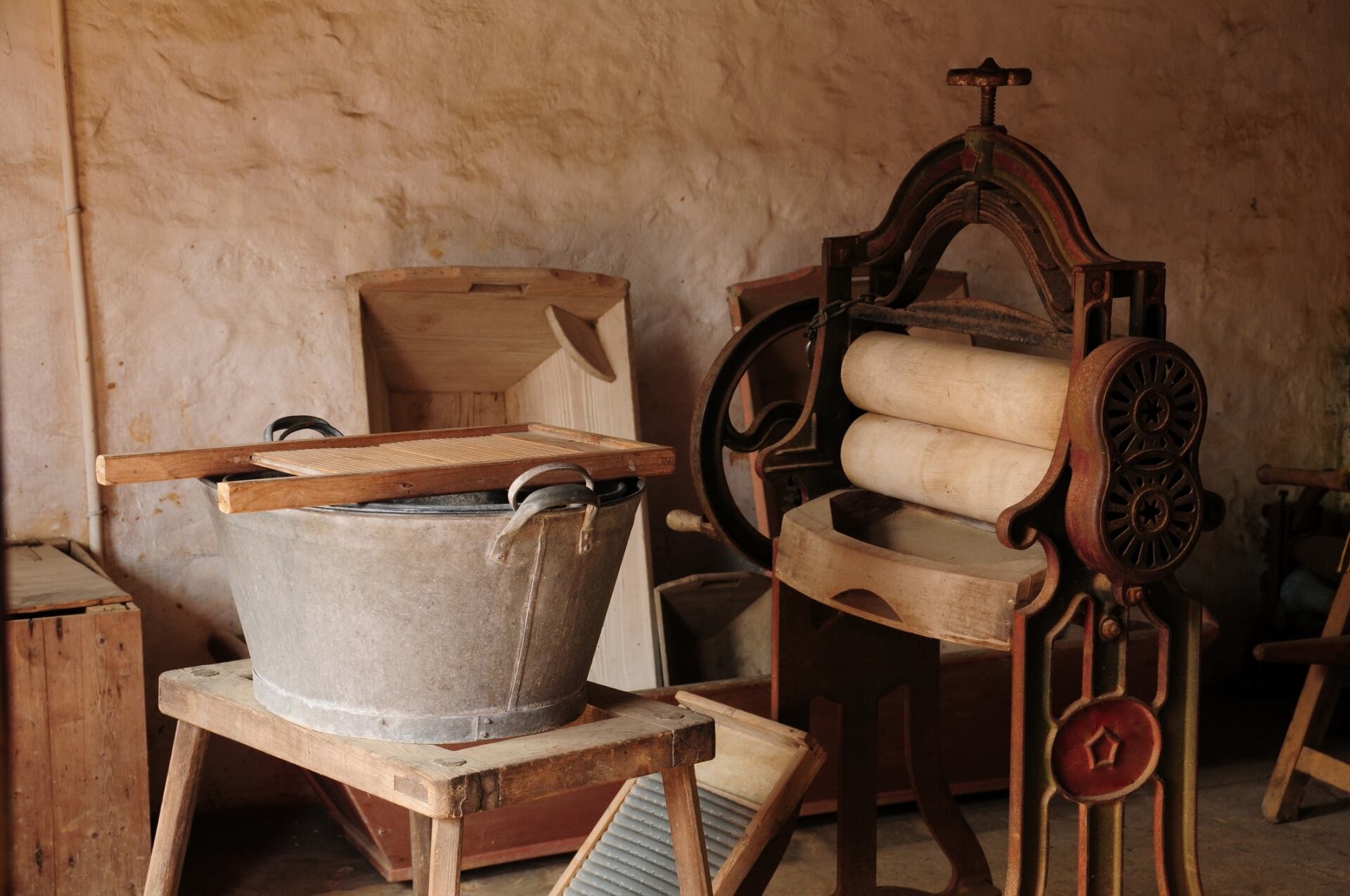







0 thoughts on “When Was Glass First Made”